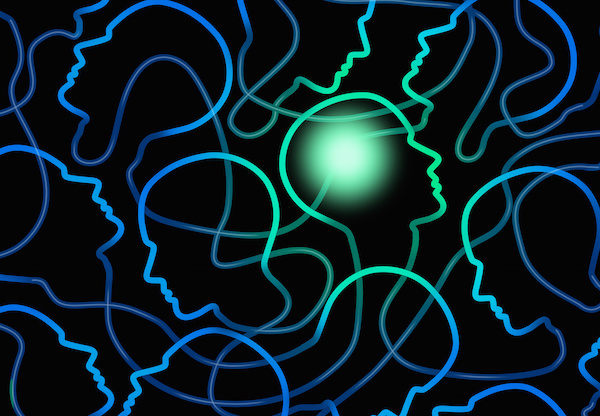
THURSDAY, Nov. 18 (HealthDay News) — A brain area that plays an important role in vision is divided into compartments that respond separately to different colors, a new animal study has found.
This discovery about the V4 area of the brain could help improve understanding of perception and attention, said the Vanderbilt University team, which conducted its research in macaque monkeys.
“In vision, objects are defined by both their shape and their surface properties, such as color and brightness,” study co-author Anna Roe, a professor of psychology, explained in a university news release. “For example, to identify a red apple, your visual system must process both the shape of the apple and its color,” she said.
“Our study showed that in V4, which is a brain area that plays a role in visual object recognition, there is significant segregation of color/brightness and the shape processing regions,” Roe explained.
The researchers also found that the processing regions in V4 come in “different flavors.”
“There are color processing domains, for example, for purple, green and yellow. Shape processing domains come with preference for different orientations, such as horizontal or vertical. This is a functional segregation that has never been seen before in V4,” Roe added.
The study was published Nov. 14 in the journal Nature Neuroscience.
More information
The American Optometric Association explains how the brain and eyes work together to create vision.

